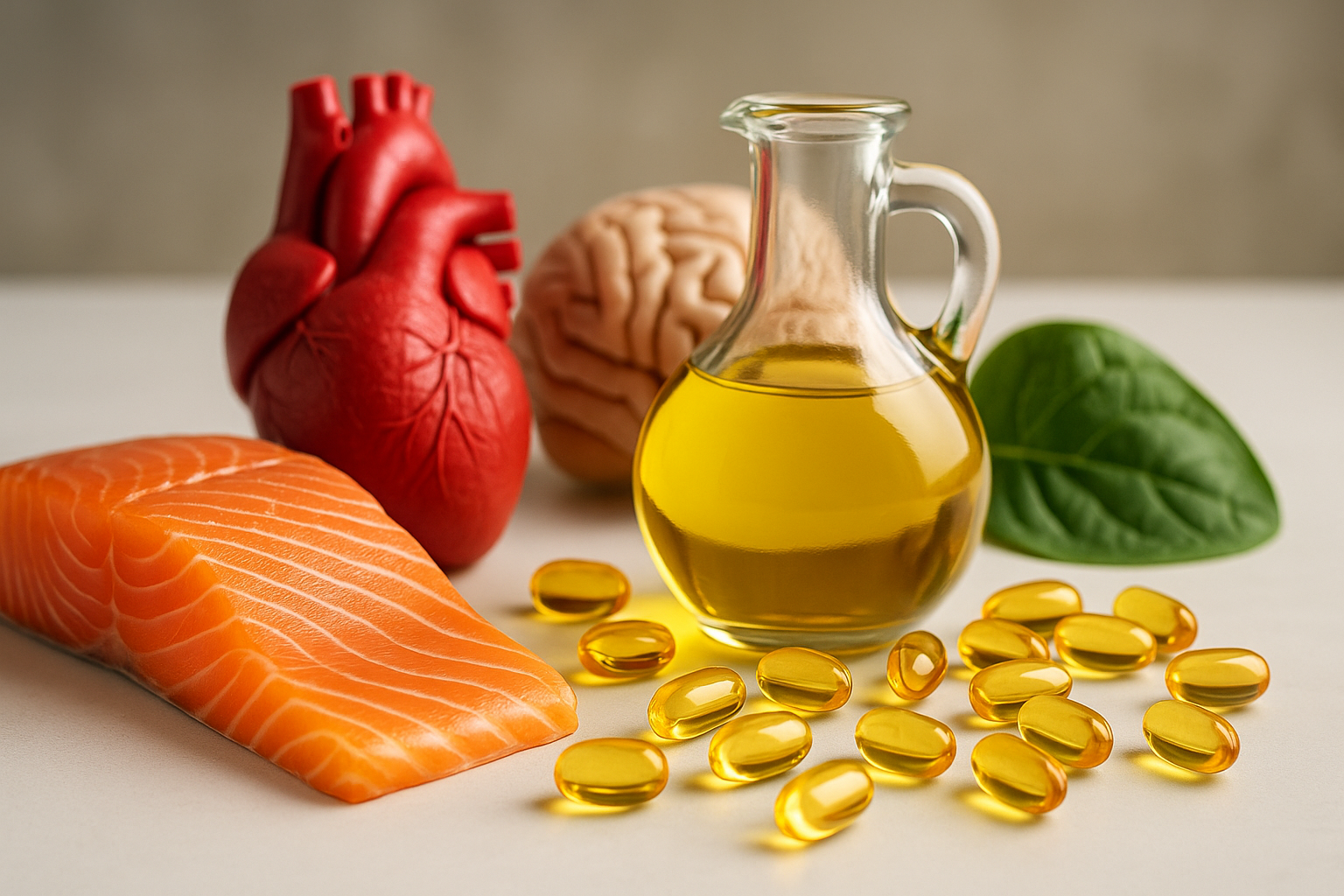
Migraine is a widespread condition characterised by a periodically recurring, seizure-like, pulsating and hemiplegic headache that may be accompanied by additional symptoms such as nausea, vomiting, sensitivity to light (photophobia) or sound (phonophobia). High-dose intake of vitamin B2 may make the attacks less frequent and less severe.
The headaches are piercing, the demons and evil spirits do not want to leave the hunter's head. In addition, there is nausea and vomiting, sensitivity to sounds, light and smells, and the symptoms worsen with physical activity. He has been tormented by these attacks for months, and the best spearman of the tribe can then only whimper and no longer move. So the healer resorts to the most extreme means to let the demons escape from the skull. With a stone tool he opens the top of the hunter's skull to release him from his pain...
Headaches accompanying migraines have been known since the Stone Age, and the Ancient Egyptians and Babylonians were also concerned with getting this annoying ailment under control. Many scholars dealt with the therapy of headaches in the coming centuries, among them the famous Greek physician Hippocrates. He was the first to recognise the aura as a possible harbinger of a headache in about 400 B.C. and as the cause "vapours rising from the stomach into the head". The first comprehensive description of the symptoms of a migraine with a half-sided headache as well as sweating, nausea and vomiting was documented in the second century by Aretaios. He thus simultaneously distinguished migraine from other forms of headache.
Migraine is a neurological disease that affects about ten percent of the population. It occurs about three times more frequently in women than in men and has a wide-ranging clinical picture. Migraine in adults is typically characterised by a periodic, recurrent, pulsating, hemiplegic headache that may be accompanied by additional symptoms such as nausea, vomiting, sensitivity to light (photophobia) or sound (phonophobia). In some patients, a migraine attack is preceded by the so-called migraine aura, during which visual or sensory perceptual disturbances occur. It occurs in about 15 to 20 percent of migraine attacks and is the decisive diagnostic criterion for distinguishing between classic migraine (migraine with aura) and ordinary migraine (migraine without aura).
Migraine is chronic and incurable - and hereditary
An attack lasts up to three days and leaves sufferers almost incapable of acting. Migraine is chronic and incurable - and can be hereditary under certain circumstances, as neuroscientists at the Institute of Pharmacology and Toxicology at the University of Zurich (UZH) in collaboration with the University of Padua have discovered. According to the "Neue Zürcher Zeitung", they have identified the mechanism in so-called familial hemiplegic migraine type 2 (FHM2): The genetic mutation that causes this form of migraine prevents certain brain cells responsible for pain processing from breaking down excess stimuli. Instead, they cause severe headaches. The exact results have been published in the renowned journal "Science Advances".
But how can migraine with its very unpleasant accompanying symptoms be combated to alleviate its effects? In addition to the usual migraine prophylactics such as beta blockers, flunarizine, valproate and topiramate (which, however, have far-reaching side effects and must not be used at all in many patients with certain diseases), there are also natural ways to reduce the duration, severity and frequency of migraine attacks. These include coenzyme Q10, magnesium and vitamin B2. These are micronutrients that intervene in certain energy metabolism processes and can positively influence the course of migraine attacks. By the way, as non-pharmacological measures, those affected are also recommended to get regular sleep, reduce stress, reduce alcohol consumption and avoid trigger factors.
Vitamin B2: Important influence on mitochondrial energy metabolism
Vitamin B2 (riboflavin) fulfils far-reaching tasks in protein and energy metabolism and is also popularly known as the "growth" vitamin. Riboflavin contributes to normal energy metabolism, the maintenance of normal red blood cells, normal iron metabolism, the maintenance of normal vision, the maintenance of normal skin and the maintenance of normal mucous membranes. Furthermore, riboflavin also contributes to the normal functioning of our nervous system. In addition, it contributes to the reduction of tiredness and fatigue. Finally, it also helps to protect the cells from oxidative stress.
Vitamin B2 has a positive effect on the so-called mitochondrial energy metabolism. If the mitochondria, the power plants of our body, are no longer fully functional, numerous diseases can be the result. "Among other things, a disturbance of the mitochondrial energy metabolism is discussed in the pathogenesis of migraine. Since vitamin B2 functions as a coenzyme in the respiratory chain (complex I and II), Belgian scientists investigated in 1998 in a randomised and double-blind clinical study on 55 patients with migraine whether vitamin B2 can reduce the frequency and severity of migraine attacks", reports for example "Deutsche Apotheker Zeitung". The result: patients who received 400 mg of vitamin B2 daily over a period of three months had a reduced frequency of migraine attacks (from 3.8 to 1.8), and the duration and severity of the attacks were also significantly reduced by taking vitamin B2. In the subjects who were given a placebo instead of the high dose of vitamin B2, the frequency of attacks was unchanged.
So it makes sense to take very high doses of vitamins. After all, the body - with the exception of vitamin D - cannot produce vitamins on its own to a significant degree and to meet its needs through metabolism. This means, therefore, that we have to regularly supply them to our body through food. This not only leads to better health in general, but also helps immediately with many specific complaints. One example of this is migraine.










